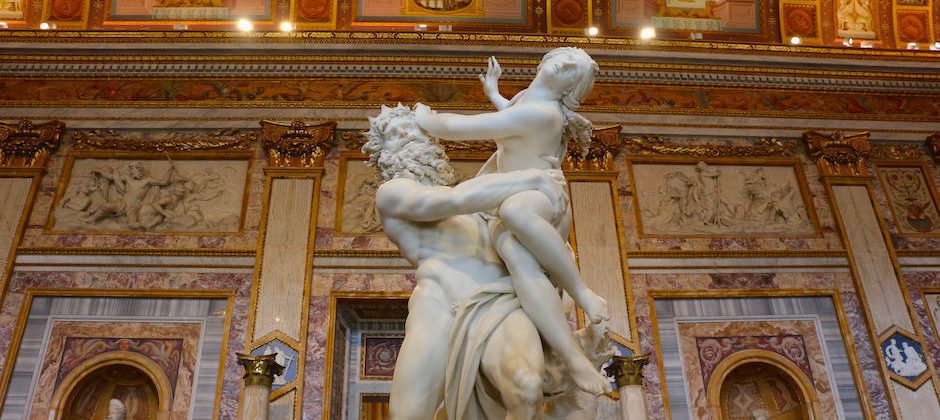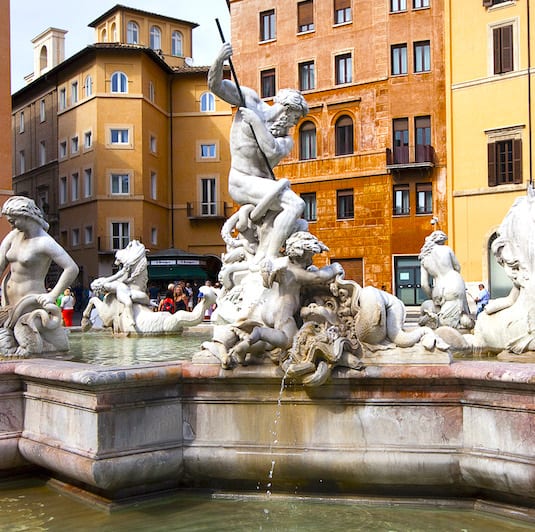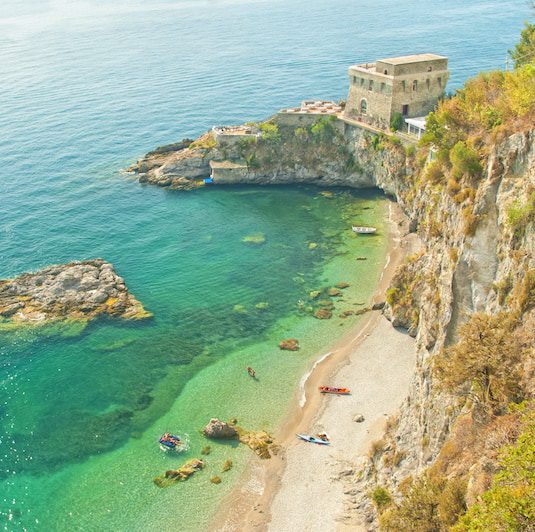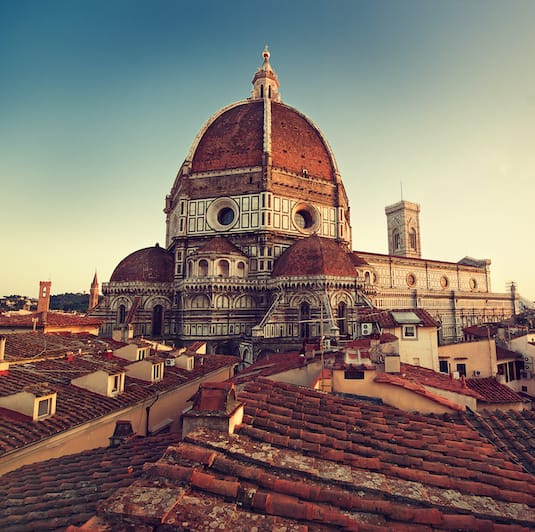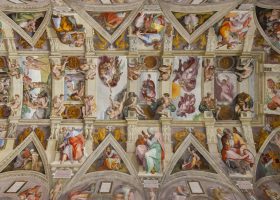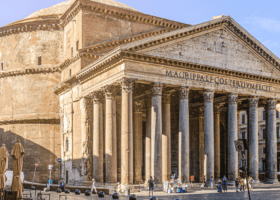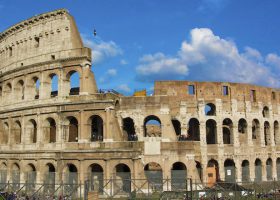Pound-for-pound, the Borghese Gallery is one of the most significant collections of baroque sculptures on Earth. For many reasons, it’s also one of the most pleasant museum experiences you may ever have. In this guide, find out why and how to visit the Borghese Gallery in Rome.
The BEST Ways to Visit the Borghese Gallery
I have personally given dozens of tours inside this monument and visited over a hundred times. Here is my abbreviated advice on visiting the Borghese Gallery in Rome.
- Book tickets in advance.
- You can book on the official Borghese website, but going alone is not recommended.
- Book a tour.
- This Baroque Gallery is filled with stories that a local guide can bring to life. See our Borghese Gallery tours.
- Read this article in full
- This gallery is managed differently from any museum I have ever entered so get all the details before deciding what to do.
- Bookmark the article & Borghese Gallery page.
- Our content is updated as changes happen. If you’re serious about your visit to Rome save it so you can circle back later.
You’re Guide to the Borghese Gallery in Rome
What We’ll Cover
During the 15th century, the Borghese family rose in stature and power. The wealthy family, headed by Cardinal Scipione Borghese, built Villa Borghese as their private residence in Rome. A passionate art collector, Cardinal Scipione used the villa to display and preserve the family’s fine art collection.
Today, you can visit the gallery to appreciate one of Earth’s greatest collections of baroque sculptures. Getting tickets can be difficult as the gallery restricts the number of visitors per day and the amount of time you can spend inside.
Here is what you need to know in order to not miss out:
- Opening hours and tickets
- Guided tour options
- How much time to budget for your visit
- What to see in the Borghese Gallery
- Places to eat nearby
- How to get there
Borghese Gallery Opening Hours and Tickets
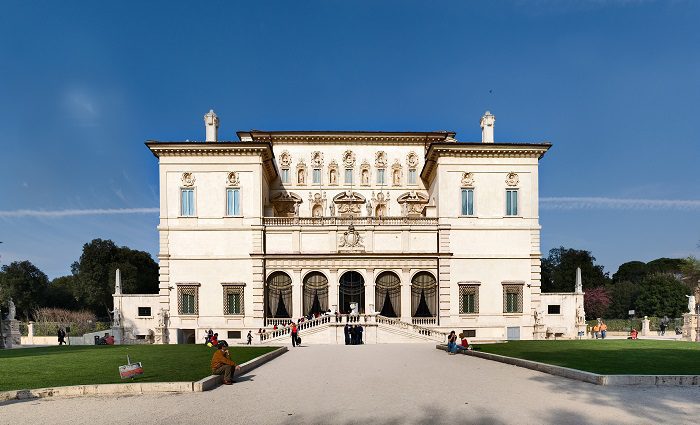
The Borghese Gallery is amazing because they only let 180 visitors in at a time for two-hour time slots. Time slots run from 9 a.m. to 5 p.m. for two-hour intervals. The gallery closes at 7 p.m. Tickets must be purchased online in advance.
Why stress over Galleria Borghese tickets? Check out our skip-the-line small group tour.
Opening Hours:
- Tuesday to Sunday, 9 am – 7 pm, last entrance at 5 pm.
- Entrances every two hours on the hour starting at 9 am.
- Closed on Mondays.
Tickets:
- Regular ticket: €13 (at times there will be an exhibition or mostra, which increases the ticket price)
- Reduced ticket: €2 (for 18-25 year olds)
- Free for under 18s (Tickets must still be acquired)
Subject to availability, you can reserve your tickets on the official website. An additional €2 reservation fee will be added to all tickets. You can also call +39 068413979 and reserve tickets over the phone between Monday and Friday.
Not ready to book a tour? Check out our Borghese Gallery Guide for more info.
Borghese Gallery Tour Options
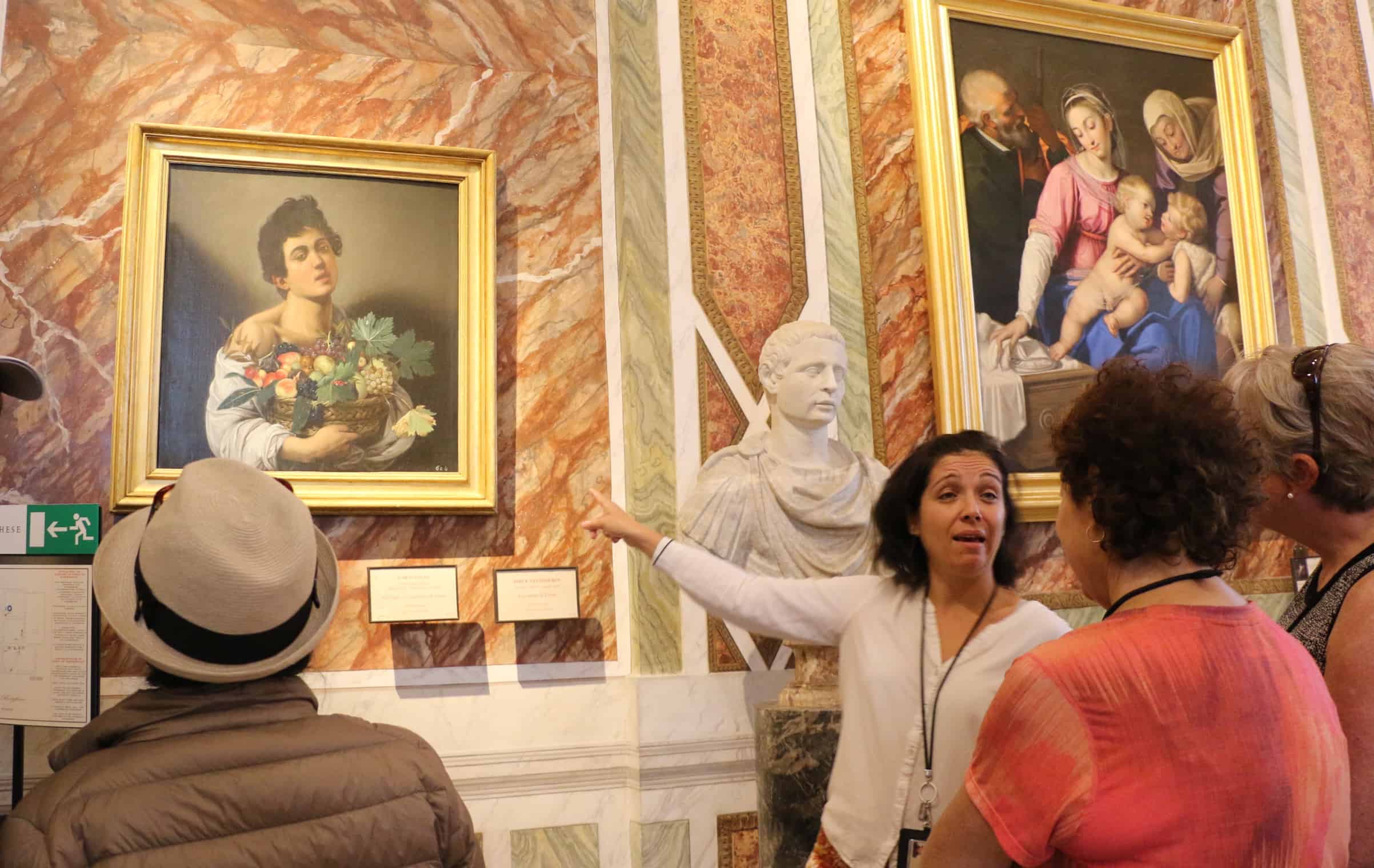
Due to the complexities and incredible stories of these masterpieces, I highly recommend a tour of this museum. It will be one of the most memorable experiences of your trip.
1. Borghese Gallery “Story Tellers” Small Group Tour
For a quick but enriching experience, the Express Tour offers a concise yet thorough introduction to the gallery’s highlights. Guests appreciate the concise commentary and the ability to see key artworks without spending hours. This option is praised for delivering quality in a short time, ideal for a busy schedule.
2. Skip-the-Line Borghese Gallery Tour
This tour combines fast entry with insightful commentary, ideal for those who want a hassle-free visit. Reviewers highlight the efficiency of skipping long lines and the guide’s engaging storytelling. It’s perfect for a comprehensive yet time-efficient exploration of the gallery’s treasures and the surrounding gardens.
3. Borghese Gallery & Gardens Private Tour
The pinnacle of Roman art tours, this exclusive experience offers an intimate look at masterpieces by Caravaggio, Raphael, and Titian. Reviews praise the knowledgeable guides who bring the art to life, and the private access ensures a serene, uncrowded experience. This tour is celebrated for its depth and personalized touch, making it a must-do for art aficionados.
Each tour is well-reviewed for its unique approach, ensuring that every visitor can find an option that suits their preferences.
Not ready to book a tour? Check out our Borghese Gallery Guide for more info.
How Long To Spend at the Borghese Gallery
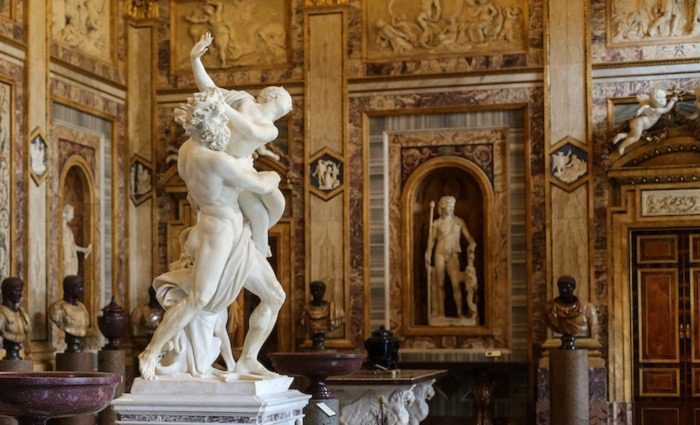
Short answer: 2 hours
The Borghese Gallery limits the number of people who can visit on any given day. If you manage to get tickets, we recommend spending your full two-hour time slot in the gallery.
It will also be a rare opportunity in Rome to see world-class artwork by the likes of Bernini, Caravaggio, Titian, and Raphael with far fewer other people compared to the Vatican Museums and the Colosseum, for example.
Top Colosseum Tours
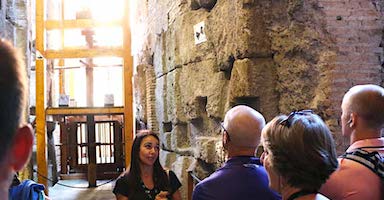
Best Seller
Colosseum Underground Tour with Roman Forum and Palatine Hill
Only 2% of visitors to the Colosseum are able to see the Underground, making tours a rare, exclusive experience. Our tours give you access to the Underground, Arena Floor, and first and second tiers—areas most people never see. Skip the line and enjoy priority access, guided by an expert who brings the Colosseum’s rich history to life. These spots sell out quickly, so don’t wait—secure your place now for this unforgettable opportunity.
See Prices
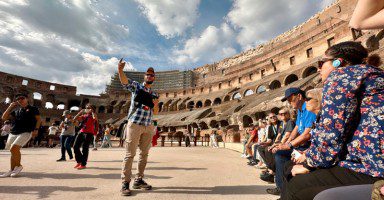
Customer Favorite
Special Access Colosseum Arena Floor Tour Through the Gladiator’s Gate
Reaching the Colosseum’s Arena Floor is no easy feat; tickets sell out quickly, leaving most visitors stuck in crowded corridors with limited views. With us, bypass the lines and enter through the Gladiator’s Gate to stand on the Arena Floor, giving you a front-row view of Rome’s nearly 2,000-year-old symbol of power and glory. With your friendly guide, uncover the Colosseum’s brutal past, then continue to the Roman Forum and Palatine Hill to explore the epicenter of ancient Roman life.
See Prices
Not ready to book a tour? Check out our best Rome tours to take and why.
What To See at the Borghese Gallery
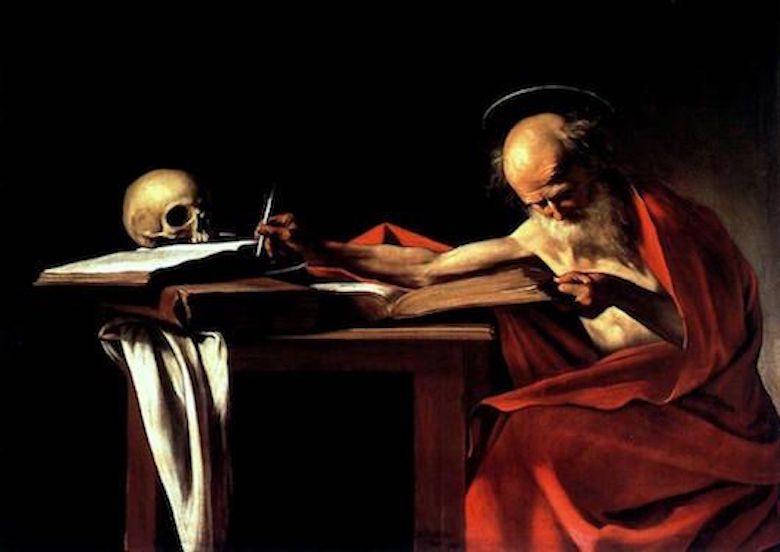
This list is not in order of importance but in the order you’ll see the works on your visit—you don’t want to be running around crossing things off a list. When you walk into the front entrance of the gallery, be sure to enjoy the first room and then turn left and head into the room dedicated to Caravaggio.
This is more of an itinerary list of things you should see. If you’re searching for more detailed descriptions, take a look at our in-depth article on the top things to see at the Borghese Gallery.
Entrance Hall
This is a beautiful welcome area of the palace. Keep your eyes peeled for:
- Ancient Roman mosaics roped off on the floors. The mosaics were believed to have come from the Baths of Caracalla in Rome.
- An amazing rococo-style vaulted ceiling depicting different pagan scenes.
- Marcus Curtius Leaping into Chasm by Pietro Bernini, father of the great Gian Lorenzo Bernini.
Boy with a Basket of Fruit by Caravaggio (Room VIII)
This 1593 oil on canvas was done by Caravaggio, aka Michelangelo Merisi, at 22 years old. He was living in Milan at the time where he was from. The work now lives in Room VII of the Borghese Gallery for your viewing pleasure.
Young St John the Baptist (Room VIII)
Right next to Boy with a Basket of Fruit is Caravaggio’s John in the Wilderness. Here you’ll find a tired and frail St. John the Baptist. The overwhelming sadness of this painting draws you in and pushes you away.
St. Jerome by Caravaggio (Room VIII)
St. Jerome by Caravaggio is a wonderful painting that shows one of the most important events in Christian history: the translation of the Bible into Latin from Greek.
Palafrenieri by Caravaggio (Room VIII)
Directly across from St. Jerome, you’ll see a massive painting known as Palafrenieri also by Caravaggio. Basically, you see Jesus, his mother Mary, and Mary’s mother Anne. The work was originally created to be a centerpiece in the Basilica of St. Peter in Rome but was seen as too vulgar.
David with the Head of Goliath (Room VIII)
David is a heavily portrayed figure due to his importance in biblical history. This particular version by Caravaggio shows David beheading Goliath as he looks down in triumph. The Head of Goliath is a disturbing self-portrait of Caravaggio.
Sick Bacchus by Caravaggio (Room VIII)
Sick Bacchus is another famous painting by Caravaggio found in Scipione Borghese’s former estate. It features a very sickly version of Bacchus, the Roman god of agriculture, wine, and fertility. It displays Caravaggios depleting mental state.
Aeneas, Anchises, and Ascanius by Bernini (Room VI)
Completed in 1619, Aeneas, Anchises, and Ascanius is one of the lesser spoken about Bernini sculptures. It’s a beautiful portrayal of Aeneas’ flight from Rome, as described in the “Aeneid” after Troy was sacked by the Greeks.
The Rape of Proserpina by Bernini (Room IV)
This really shows Bernini’s engineering marvel. The statue was literally designed for the room—it’s a beautiful baroque touch to tie in your surroundings and features a violent twisting scene of Pluto coming to claim his wife Proserpina.
Apollo and Daphne by Bernini (Room III)
Bernini started to work on this sculpture in 1622 under the commission of Scipione Borghese and he finally ended his work in 1625. It’s considered one of his masterpieces. The statue is an incredible work of art for more reasons than simply good old-fashioned sculpting, which is an understatement. Walk around the sculpture counter-clockwise to see Daphne transform into a tree.
David by Bernini (Room II)
Creating a David scene after Michelangelo creates the David is very difficult. Michelangelo did David after victory—relaxed and confident. Bernini decided to do David before the fight in a fully tense state.
Pauline Bonaparte by Canova (Room I)
Canova dedicated an entire side of his atelier to this project, where Paolina used to go and pose for the artist. The woman is portrayed as a winning Venus, showing an apple in her hand, a symbol of Venus’s victory after Paris’s choice.
The Deposition (of Christ) by Raphael (Room IX)
Raphael’s Deposition is a wood panel painting commissioned by the Baglioni and completed in 1507. The painting depicts a family feud that ended in a mother losing her son. The story is filled with remorse. Be sure to read our extended descriptions in our article top things to see at the Borghese Gallery for the full version of the heart-wrenching story.
Lady with Unicorn by Raphael (Room (IX)
The Archery Contest of Diana and Her Nymphs by Domenichino (Room XIV)
This 1616 painting is a lovely full-featured painting that was stolen from Cardinal Pietro Aldobrandini by Cardinal Scipione Borghese. It’s a complex story and warrants the explanation of a local guide!
Places To Eat Nearby
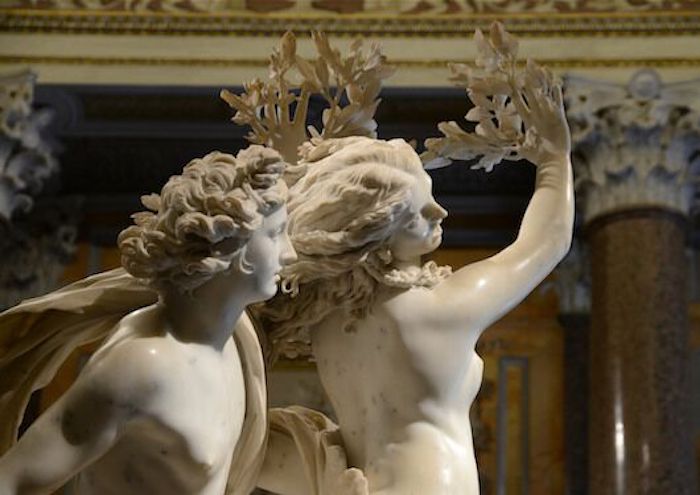
The Borghese Gallery is situated in Villa Borghese, in the northern part of Rome. The north of Rome is known for being the wealthier part of the city, with its high-end neighborhoods like Parioli. Villa Borghese, a very beautiful and luxurious park, is very likely to be the reason these neighborhoods formed.
Below are some great restaurants nearby. That said, if you are in Rome for a few days, I recommend eating near the Spanish Steps to breath in the beauty of the city. Here is a list of our favorite restaurants near the Spanish Steps.
Kilo Restaurant: €€ | Steakhouse—Known for their steaks and cuts of meats served in traditional Italian style. Great reviews.
Marziale 1922: €€ | Lighter Meals and Snacks—This would be best described as sophisticated casual. A few tables and a cool bar, this restaurant has great salads, appetizers, and even a good burger.
La Vineria di Mastroccia: €€ | Wine Selection—Pretty much amazing everything. They serve typical Roman cuisine including seafood. The muscle and clam pasta is a must.
Popular Rome Tours
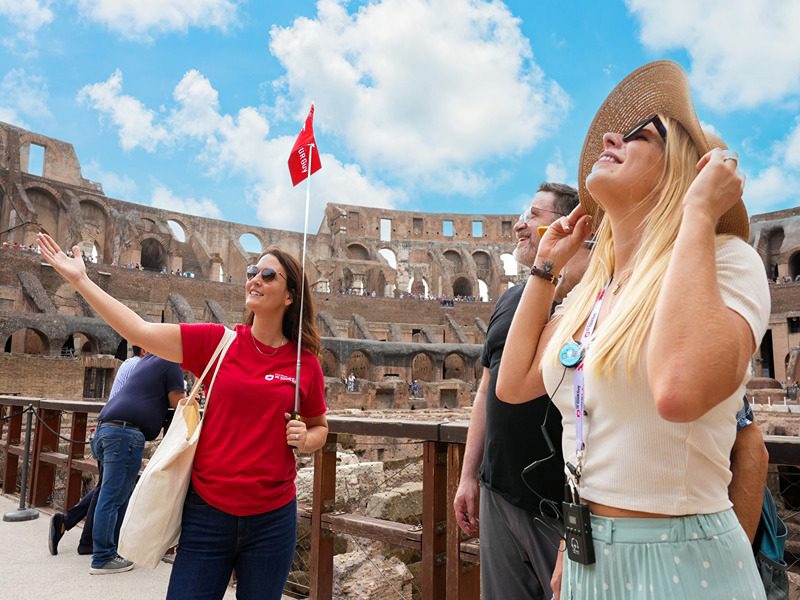
Best-Selling Tour
Rome in a Day Tour with Colosseum and Vatican Museums
Seeing the best of Rome in a single day might seem like a big undertaking, but our expertly designed tour makes it effortless with skip-the-line tickets, included transportation, and engaging guides to lead the way. In just 7 hours, you’ll visit renowned sites like the Sistine Chapel, Colosseum, Trevi Fountain, and Pantheon. With fascinating stories at every stop, you can skip the stress and immerse yourself in the vibrant heritage and culture of Rome all in one remarkable day.
See Prices
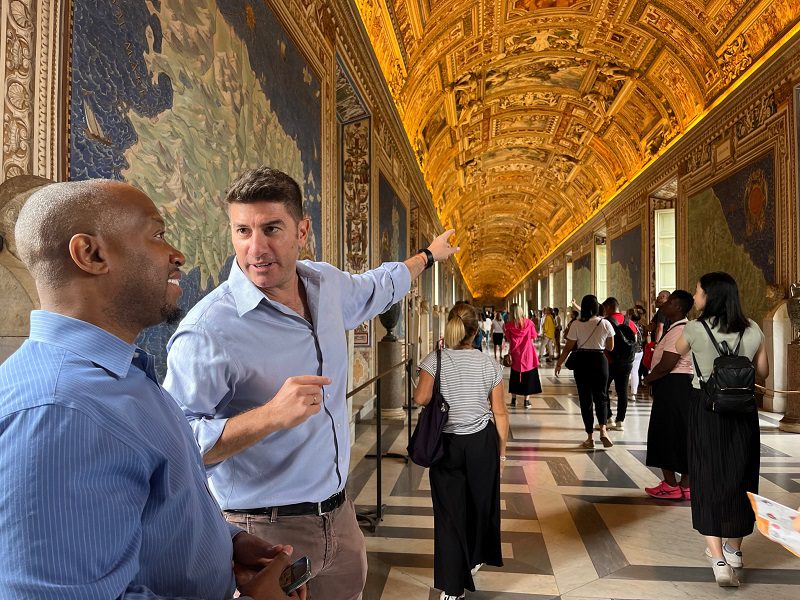
Best Price!
Privileged Entrance Vatican Tour with Sistine Chapel
Without the right access, visiting the Vatican means fighting crowds, long waits, and missing the most significant rooms and works of art. Our privileged entrance tour offers more than just entry—it’s an immersive experience led by a storytelling guide who brings the Vatican to life. Skip the line and explore the Vatican Museums, including the Raphael Rooms and the Sistine Chapel, with engaging insights that make each moment memorable and meaningful.
See Prices
Not ready to book a tour? Find out if a Vatican tour is worth it.
How To Get To the Borghese Gallery
The Borghese Gallery is located in the Villa Borghese, a scenic 25-minute walk from the Spanish Steps through the villa gardens.
If you’re already in the city center, you might find it easier to reach the Borghese Gallery by climbing the stairs in Piazza del Popolo and entering the villa directly. In this case, take a moment to enjoy the view of the city from above, then keep walking in the park until you reach the gallery.
If you prefer more direct access, head instead to Via Pinciana, situated in the north of Rome, and find the gallery directly at the entrance. You can also get there by taxi and metro.
By Taxi:
Search for the museum when you’re connected to Wi-Fi if you’re not using your service abroad. Your GPS will still work when you leave Wi-Fi as long as you hit go beforehand.
When you get in the taxi, tell them, “Galleria Borghese” or hand them a piece of paper with “Piazzale Scipione Borghese, 5 (Galleria Borghese)” on it. They’ll drop you off in a small car park off Via Pinciana and probably point to the museum. At this point, you should see a big black gate for the gallery and probably the all-white facade of the museums.
They may drop you off at the front of Villa Borghese. You’ll know the difference because you won’t see the white facade of the museum and there’ll be a big intersection. Taxi drivers rarely speak English in Rome, so pay and get out. You’ll see signs for the Borghese Gallery, which will read, “Galleria Borghese” or “Museo.”
By Metro:
I’ll explain below, but you should find the museum on your phone map while you’re on Wi-Fi. You can leave your phone on airplane mode, but GPS still works as long as you hit go while you’re still on Wi-Fi. This is a lifesaver.
Going by metro can be a little more confusing. You need to make your way to the red line or metro A. Get off at “Spagna” but don’t head out to Piazza di Spagna. When you get off the subway, stop following the foot traffic and look for signs that say “Via Venetto”. You’ll go through a very, very long underground tunnel with moving walkways until you reach Via Veneto.
The rule of thumb is if you’re in huge crowds after you go up the big escalators, you’re going the wrong way. As soon as you go up the big escalators you’ll turn right and right again. Everyone else will turn right and go straight.
Once you get to the exit on the top of Via Veneto, you should exit the city walls, you’ll see them straight away. Head into the Borghese Gardens and look for signs to “Galleria Borghese” or “Museo.”
Address: Piazzale Scipione Borghese, 5
Here’s Where To Stay in Italy’s Most Popular Destinations
Rome, Florence, Venice, Amalfi Coast, and Capri

